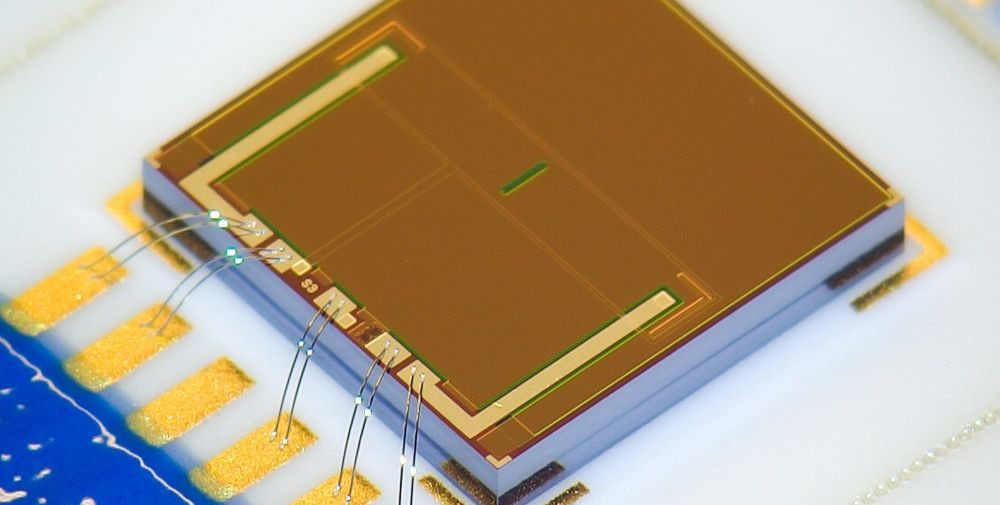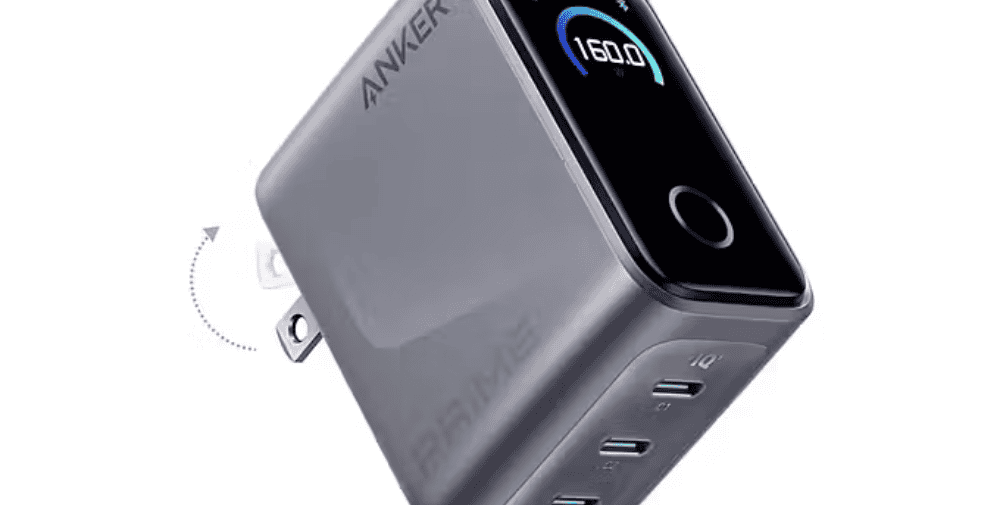
The measurement of the pH value is the most important measurement in chemical and biochemical analysis. The novel sensor layer developed by Fraunhofer IPMS, in combination with a conventional reference electrode, enables extremely precise pH measurement in the extended range from pH 1 to pH 13. The compact, unbreakable sensor with dimensions of 5×5 mm² is characterized by a minimal drift of <20 µV/h as well as low hysteresis and is easy to integrate. A significant improvement has also been achieved in the reduction of light sensitivity.
An outstanding feature of the sensor is its dry storage capability. The operating point of the sensor can be flexibly adjusted via the structure and the operating parameters, with the operating voltage (VDS) being below 1V.
Dr. Hild, head of the research team, expressed his enthusiasm for the measurement data achieved by the mechanically robust sensor: “With these properties, the new ISFET is particularly suitable for on-site environmental analysis.” He went on to emphasize that the next important research goal is to develop a sensor layer that enables a purely chip-based pH measurement solution and eliminates the need for conventional reference electrodes. This breakthrough technology could continuously collect environmental data over weeks and months without relying on human intervention.
Physical principles of the ion-sensitive field-effect transistor from Fraunhofer IPMS
The novel ISFET from Fraunhofer IPMS is based on metal-oxide-semiconductor (MOS) field-effect transistor technology, whereby the media-contacting sensor area consists of an amphoteric metal oxide layer. Hydronium or hydroxide ions from the measuring medium are reversibly deposited on this layer according to the pH value (pH-sensitive layer). The voltage (VGS) between the source and the gate or the reference electrode (Ag/AgCl in 3M KCl) is used as the measurement signal.
Some of the research results were achieved in the “REISen” project, a project from the Department of Materials Science, which was co-financed from tax funds on the basis of the budget approved by the Saxon State Parliament.
The developments of Fraunhofer IPMS contribute significantly to the further development of environmental analysis and open up new possibilities for more precise, more efficient data acquisition in the field of chemical analysis.
About Fraunhofer IPMS
The Fraunhofer Institute for Photonic Microsystems IPMS stands for applied research and development in the fields of intelligent industrial solutions, medical technology and mobility. Research focuses on miniaturized sensors and actuators, integrated circuits, wireless and wired data communication as well as customer-specific MEMS systems. Research and development takes place on 200 and 300 mm wafers in the two clean rooms. The services offered range from consulting and process development to pilot series production.
– – – – – –
Further links
👉 www.ipms.fraunhofer.de
Photo: Fraunhofer IPMS




